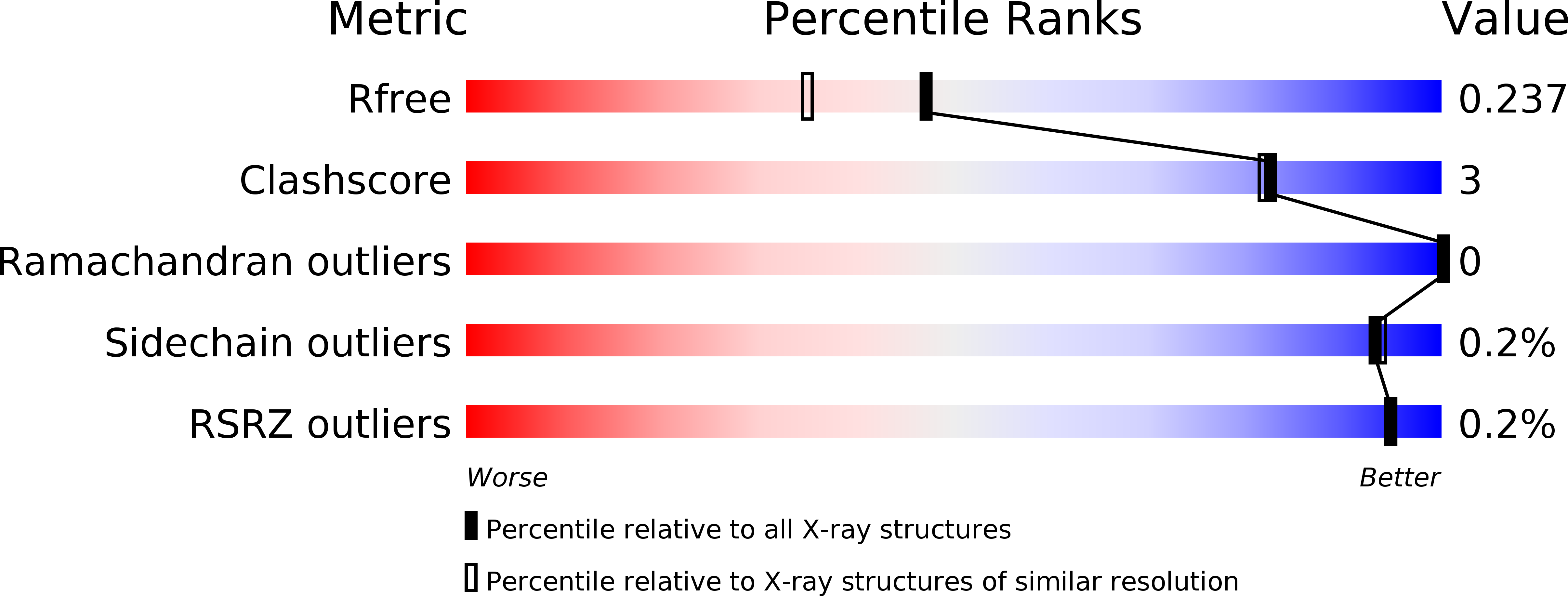
Deposition Date
2011-09-05
Release Date
2012-05-16
Last Version Date
2024-11-20
Entry Detail
PDB ID:
3TOI
Keywords:
Title:
Tailoring Enzyme Stability and Exploiting Stability-Trait Linkage by Iterative Truncation and Optimization
Biological Source:
Source Organism:
Escherichia coli (Taxon ID: 562)
Host Organism:
Method Details:
Experimental Method:
Resolution:
1.90 Å
R-Value Free:
0.23
R-Value Work:
0.19
R-Value Observed:
0.20
Space Group:
P 21 21 21


